Follow me:

Date posted: December 29th 2016
Book Title: Washington - A Life (Part 1, continued)
Repression from the Crown
There were several measures taken by the British crown to keep the colonies under economic and political control, but the one that started the Revolutionary fire was the “Stamp Act”. This act taxed legal documents, newspapers, almanacs, and even playing cards. When they implemented it, many concerned colonial voices arose. And although at this point George was not really thinking of a Revolution per se, other more radical individuals like Patrick Henry were already thinking of a full revolt towards independence.
Patrick Henry. An American attorney, planter, and politician who kindled the movement for independence in Virginia
Image under Public Domain via Wikimedia Commons
Maybe the Revolution was an enticing idea to George, but he knew the big commitment that such a thing would represent, and he was not ready for it. Not yet.
This Stamp Act took effect in 1765 when george was 33 and had already been a prolific planter for seven years, but during the next couple of years George’s economic situation started feeling a little uneasy. Difficulties with his crops and slave surplus were complicating things at home. Additionally the Townshend Acts in 1767 (which placed duties on paint, glass, paper, and tea) delivered another heavy blow to George’s economic situation—after all he was a trader. But the cherry on top was the ridiculous price he was having to pay for his beloved British‑tailored suits, that at the same time seemed to be lowering their quality.1
The winter of 1768 was a fork on the road for George, aged 36. This is when he stopped worrying about his difficult personal situation and started worrying about the difficult situation of ALL colonial citizens. He envisioned a plan to boycott British goods in Virginia and presented it to the house of burgesses in Williamsburg. Unfortunately that boycott didn’t cause as much impact as he wanted, most greedy Virginians couldn't resist their hunger for British goods. Nonetheless it was enough to force the British Crown to remove most of the duties and acts, leaving only one act: the Tea Act—which was enough to keep the Revolution idea cooking in the back burner for another six years.
Between 1770 and 1775 vulgar displays of power from the Crown such as the Boston Massacre kept reminding the colonials of their impotence against the British empire. At the same time, small acts of rebellion forced the British to tighten the leash even more. The movement suddenly took a burst of energy when Boston was seized by British forces after a large shipment of tea was destroyed by rebels.
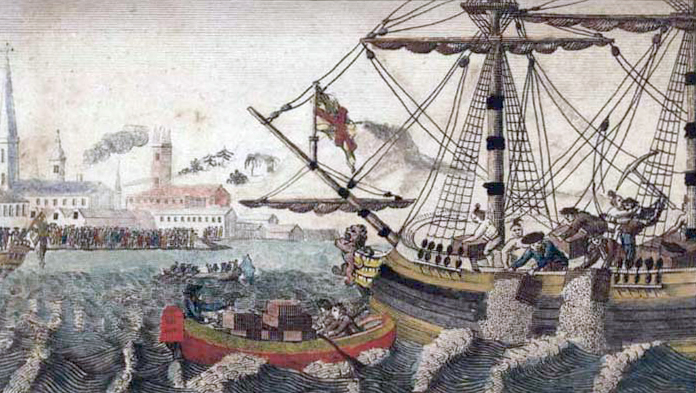
A painting of several Boston citizens destroying an entire shipment of tea sent by the East India Company
Image under Public Domain via Wikimedia Commons
The point of no return
Alright, so this was the situation: a bunch of pissed off colonials on the brink of revolt, and a desperate British army who was having to apply more and more violence each passing day to keep things under control. George’s mind however, was still not in full revolt mode, there were two important events in his life during these five or six pre‑Revolutionary years that gave him the means to become the leader that the Colonies desperately needed.
One of these events was on the political side. George became a part of a Virginia committee called Fairfax Resolves, where he worked beside George Mason, who taught George (Washington) many of the political tactics and eloquence he would later need. The other event was more personal, the death of his step‑daughter Patsy, which took a heavy burden off George’s shoulders since during her last years she required constant attention due to sudden (and violent) epileptic attacks.
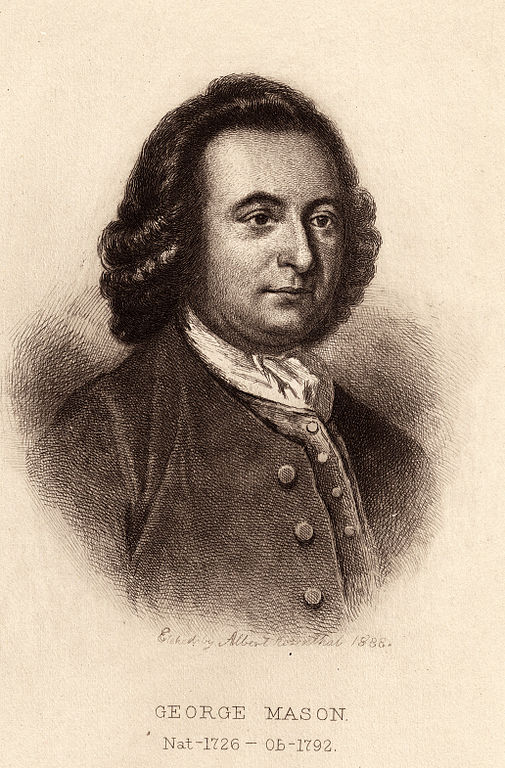
Print of George Mason of Virginia based on a painting in the possession of the family.
Image under Public Domain via Wikimedia Commons
In August of 1774 the first ‘Continental Congress’ took place in Pennsylvania. This was a gathering of about seven delegates from each Colony aimed to discuss the current situation. Thanks to his active political life, George was one of these delegates. Patrick Henry, Peyton Randolph, and Richard Henry Lee were other relevant members from Virginia (and great friends of George). Other famous attendees were the cousins John Adams2 and Samuel Adams from Massachusetts. I won't mention anymore members, but there were many others who later became key figures for the Revolution—and the early days of the new country.
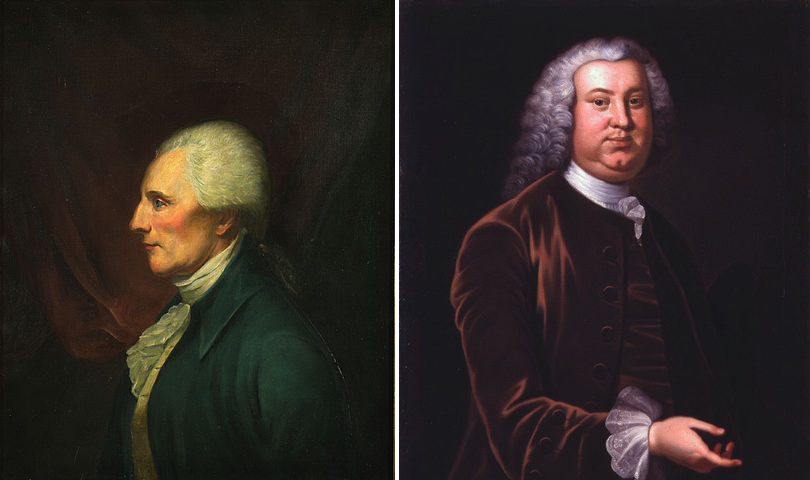
Richard Henry Lee (left) would be friends with George for many years to come. Peyton Randolph (right).
Left and right images under Public Domain via Wikimedia Commons
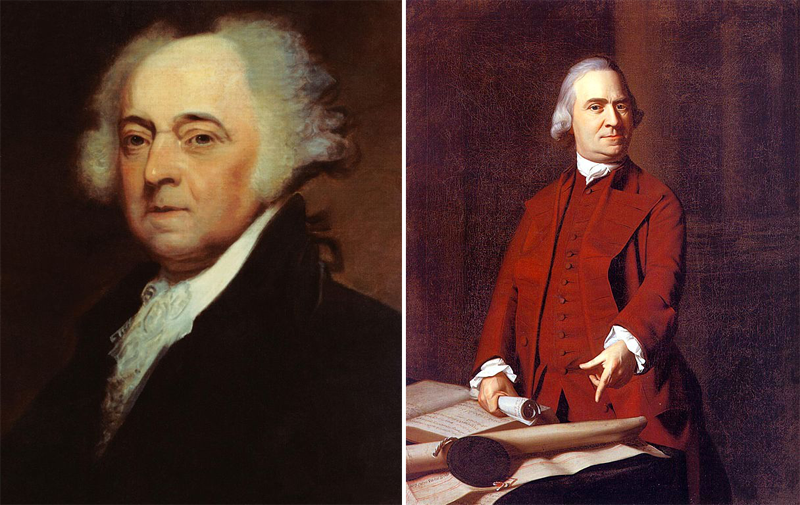
John Adams (second US president, left) and his cousin Samuel Adams (right).
Left and right images under Public Domain via Wikimedia Commons
During the Congress, George managed to stand out through his usual qualities—that is—an unspoken presence, and an intense silence that seemed to speak louder than any other voice.
After several exhausting days of discussion, the Continental Congress concluded by starting an association that would block exports and imports to and from England. Is hard to believe that the British didn’t try harder to stop these reunions, but apparently they were held very secretively.
While George was back in Virginia, after the first Continental Congress, historic shots were fired in what became to be known as the Battle of Lexington and Concord (Massachusetts) on April 19th 1775. These battles are nowadays considered the beginning of the Revolution! 103 colonial deaths and 270 British deaths “changed the instruments of warfare from pen to swords.” At this point young colonials grabbed muskets and formed militias everywhere. It had begun!
Commander in Chief
After the Battle of Lexington and Concord, the Second Continental Congress was summoned. Most of the members from the first one attended (with some new ones), but this time with a much more palpable war‑like mood. At this meeting, in the Independence Hall, many loud voices like John Adams spoke about the formation of a revolutionary army called the ‘Continental Army’. Adams claimed that this army should be led by someone with great military experience. Which is funny, because George’s experience was far surpassed by Generals like Horatio Gates and Charles Lee, but it wasn’t just George’s military experience that lead the Congress to pick him, it was also his self‑possession, his composure, and his judgement.3
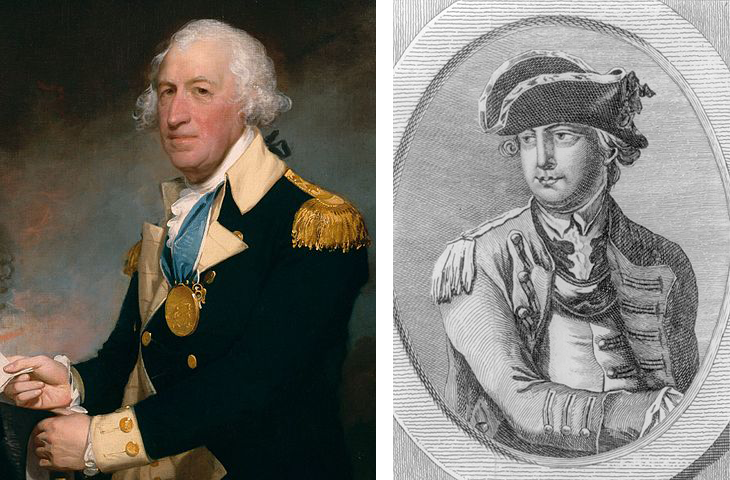
Horatio Gates (left) and Charles Lee (right).
Two generals that fought side by side with George, but became strong opposers of his style later on.
Left and right images under Public Domain via Wikimedia Commons
On Friday morning, June 16th, 1775, John Hancock (the president of the Continental Congress at the time), officially announced that George Washington had been chosen to be the “General and Commander in Chief of the army of the United Colonies.”4
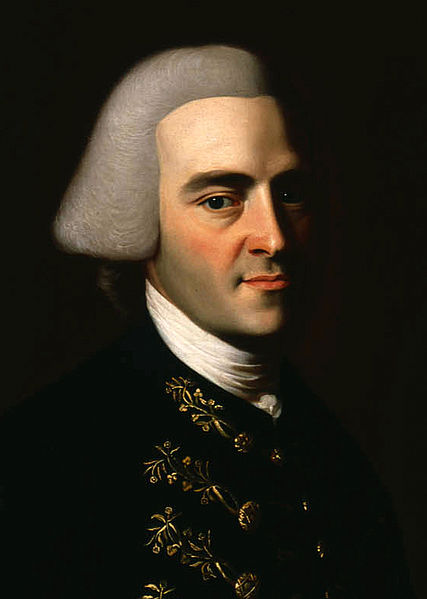
A portrait of John Hancock. George constantly reported to him during the first years of the war.
Image under Public Domain via Wikimedia Commons
George handled the moment with such tact, that none of the delegates felt any doubt that he was the right man for the job. He cleverly showed everyone that his motives were transparent, that he was serving the country selflessly, and that he considered this a responsibility too big for any man to handle (including himself), but that he would do whatever it takes to do the job right.
The dangers he was about to face were very clear in George’s mind, and at home he pretty much prepared for death. He left a will and most matters under control before riding to Boston, where he was to confront British General William Howe and his puppy‑faced brother, Richard.
Alright, this concludes the first part of George’s life. In summary, he was a fearless young General, who became an avid planter and a essentially a magnate. A very reserved man who rarely smiled publicly. This cold and calculative man would eventually end up in the right place and the right time to trigger (and lead) a major historical event, the birth of the United States of America! Make sure you check out the second part to watch him perform the impossible during the Revolutionary War.
Question!
Do you guys think the time George spent as a planter was more valuable (to the Revolution) than having stayed in the military5? Would he have been more prepared to be the Commander in Chief of the Revolutionary Army if he had fought more battles? Or would he have ended up dead before the Revolution? Please answer in the comments below, or tweet about it using #washingtonpart1question
Thank you guys so much for reading, and don't forget to read more. But don't read books to say you did. Read them consciously! And write about them, for it is the only way for them to stay solid in the mind.


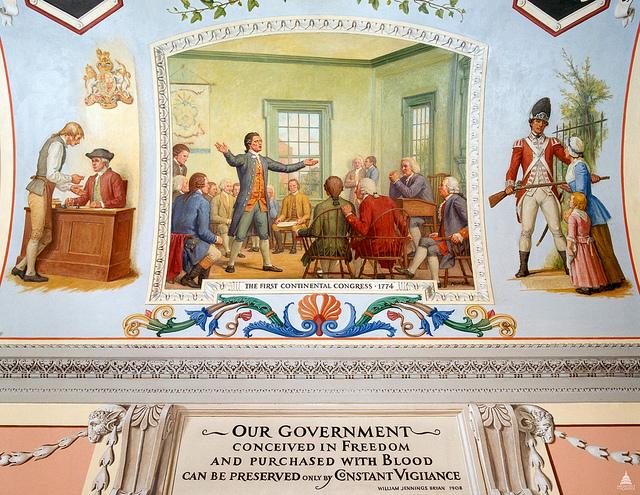
es.png)